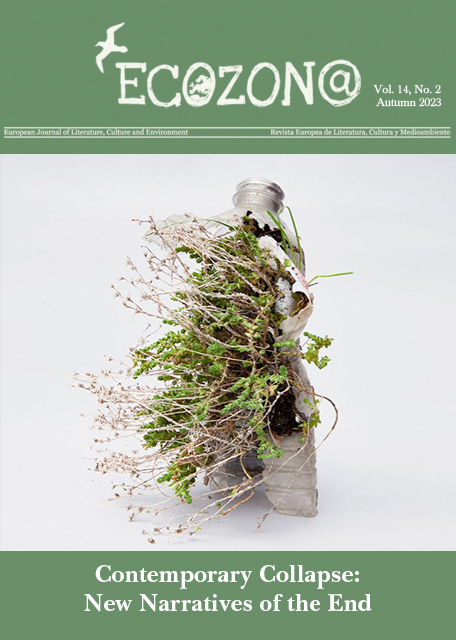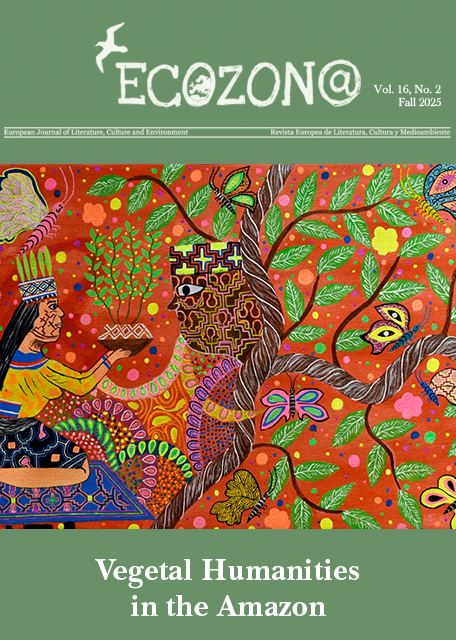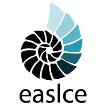The Future is Collapsing: Feminist Narratives of Unmaking in Laura Pugno and Veronica Raimo
DOI:
https://doi.org/10.37536/ECOZONA.2023.14.2.5017Keywords:
Collapse, Ecofeminist Fiction, Laura Pugno, Veronica Raimo, Queer TheoryAbstract
While long ignored in the Italian panorama, in recent years science fiction and speculative fiction have seen a significant increase in the number of novels and critical analyses related to the two genres. Women writers are reclaiming a central spot in the fields in general, as exemplified by collapse and extinction narratives in particular. Laura Pugno’s Sirene (Mermaids, 2007) constitutes a significant example of such fiction. The work depicts a dystopic future, in which humans are facing extinction due to a dangerous cancer caused by pollution. While mermaids are immune to the disease, they are imprisoned by humans either for mermaid meat production or for sexual purposes. Veronica Raimo’s Miden (2018) has points in common with Pugno’s novel, even if from a (seemingly) utopian perspective. Miden is an ideal society that has flourished according to gender equality, happiness, and community principles. However, not too long after having moved there due to the economic (and moral) “Collapse” of their country, the main character and his partner are investigated by Miden’s society as the protagonist is accused of sexual violence. Both novels have been described by Marco Malvestio as eco-dystopias. Stemming from his definition, the paper investigates how both Sirene and Miden apply the concept of collapse as a key methodology in constructing their narratives. In this way, Pugno and Raimo collapse the human and nonhuman and the dystopia and utopia binaries. The paper argues that the authors follow a queer practice of unmaking theorised by Jack Halberstam, who stated that the only way forward is to unbuild, unmake, and collapse (2021).
Downloads
Downloads
Published
Issue
Section
License
Authors who publish with this journal agree to the following terms:
a) Authors retain copyright and grant the journal right of first publication with the work simultaneously licensed under a Creative Commons Attribution License that allows others to share the work with an acknowledgement of the work's authorship and initial publication in this journal (CC BY-NC for articles and CC BY-NC-ND for creative work, unless author requests otherwise.
b) Authors are able to enter into separate, additional contractual arrangements for the non-exclusive distribution of the journal's published version of the work (e.g., post it to an institutional repository or publish it in a book), with an acknowledgement of its initial publication in this journal.
c) Authors are permitted and encouraged to post their work online (e.g., in institutional repositories or on their website) prior to and during the submission process, as it can lead to productive exchanges, as well as earlier and greater citation of published work (See The Effect of Open Access).










